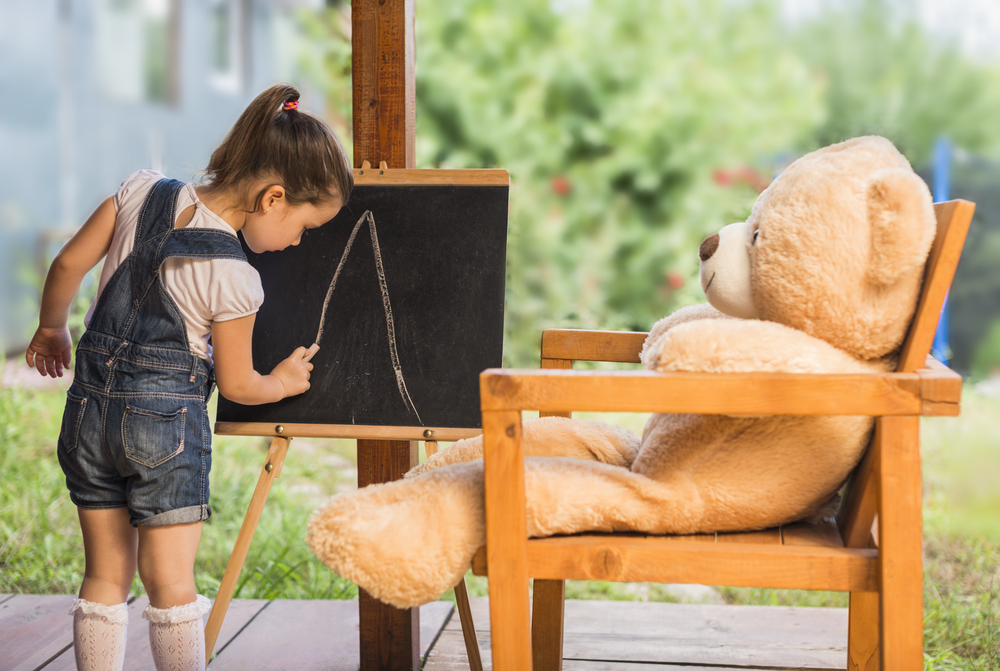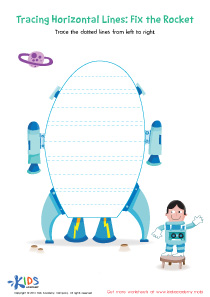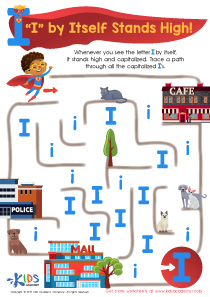Hand-eye Coordination Normal Phonics Worksheets for Ages 5-9
5 filtered results
-
From - To
Unlock the potential of young learners aged 5-9 with our Hand-eye Coordination Normal Phonics Worksheets! Designed to promote essential learning skills, these engaging activities help children practice phonics while enhancing their hand-eye coordination. Perfect for early grade students, our worksheets seamlessly weave together fun and education, fostering confident readers and writers. Each sheet offers a delightful mix of games and exercises aimed at boosting literacy skills, making learning both enjoyable and effective. Visit Kids Academy now to provide your child with high-quality, expertly designed educational resources that support their academic growth.
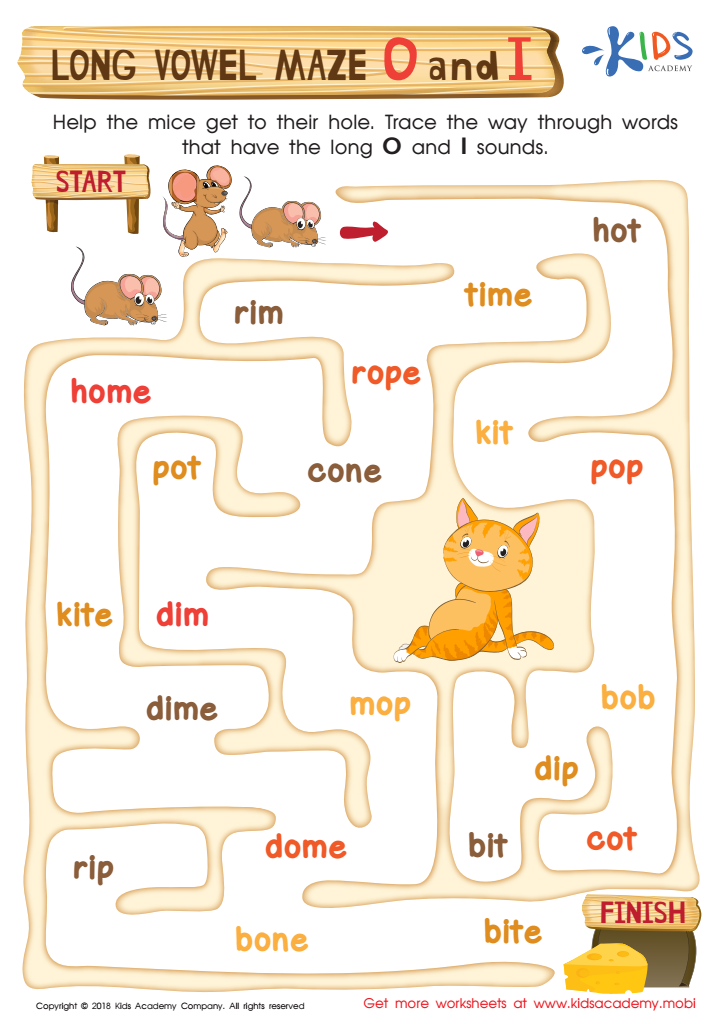

Long Vowel Maze /o/ and /i/ Worksheet
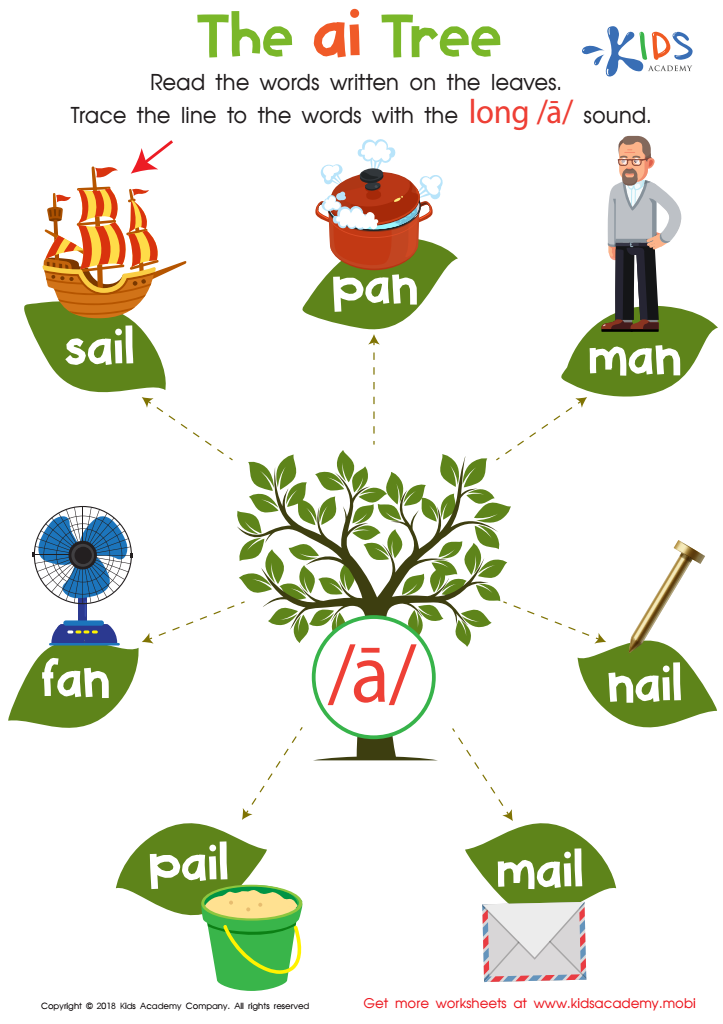

The AI Tree Worksheet
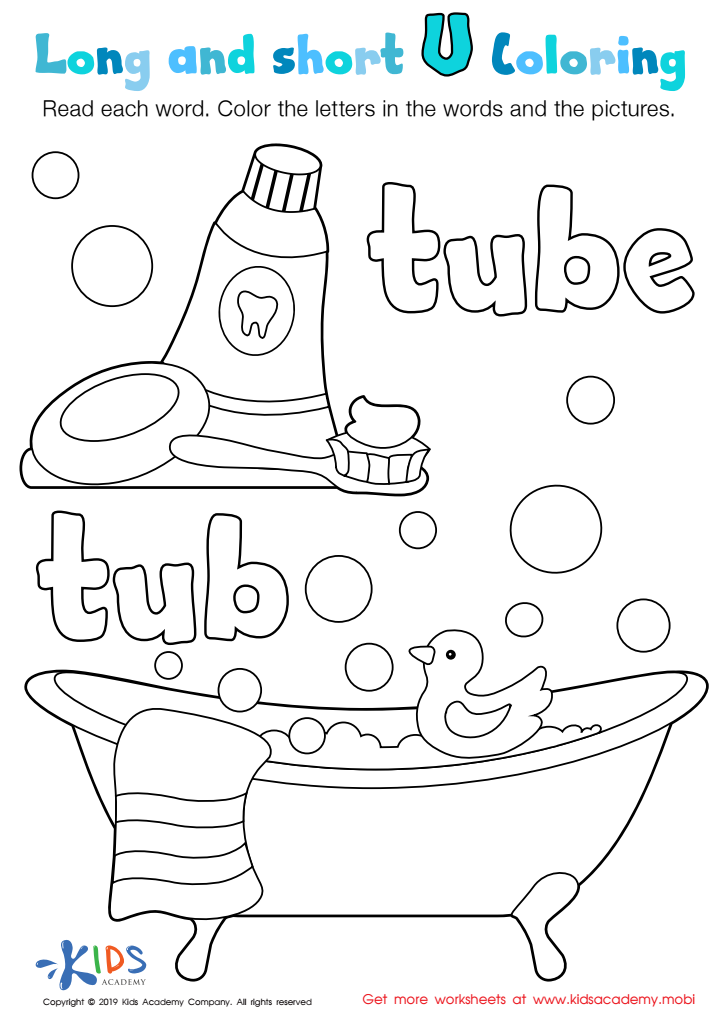

Long and Short U Worksheet
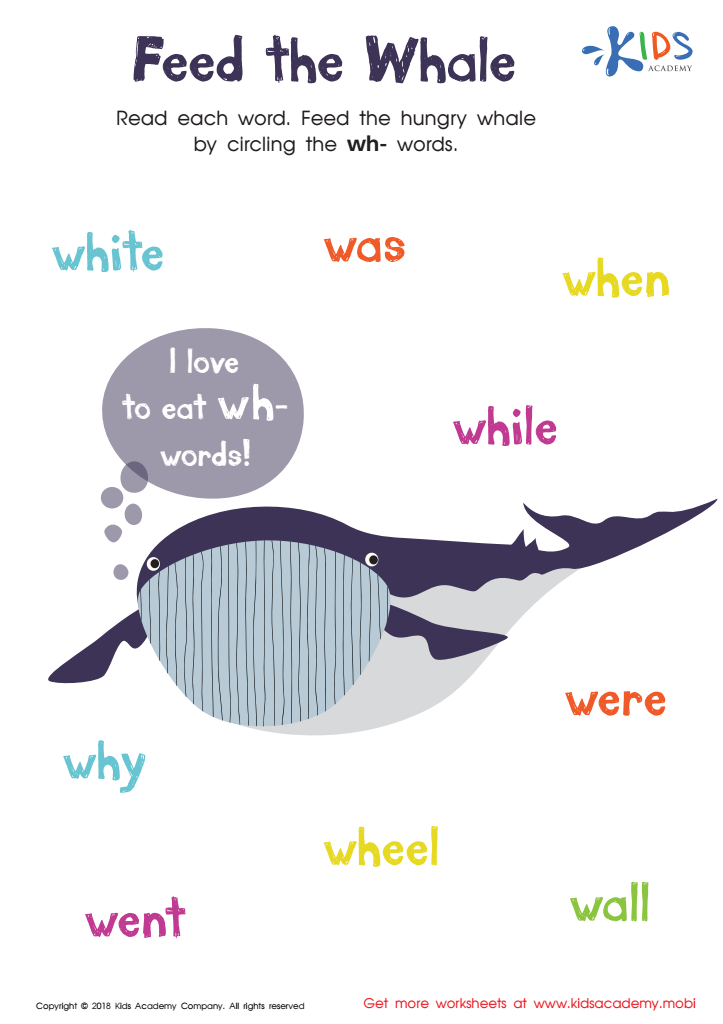

Feed the Whale Worksheet
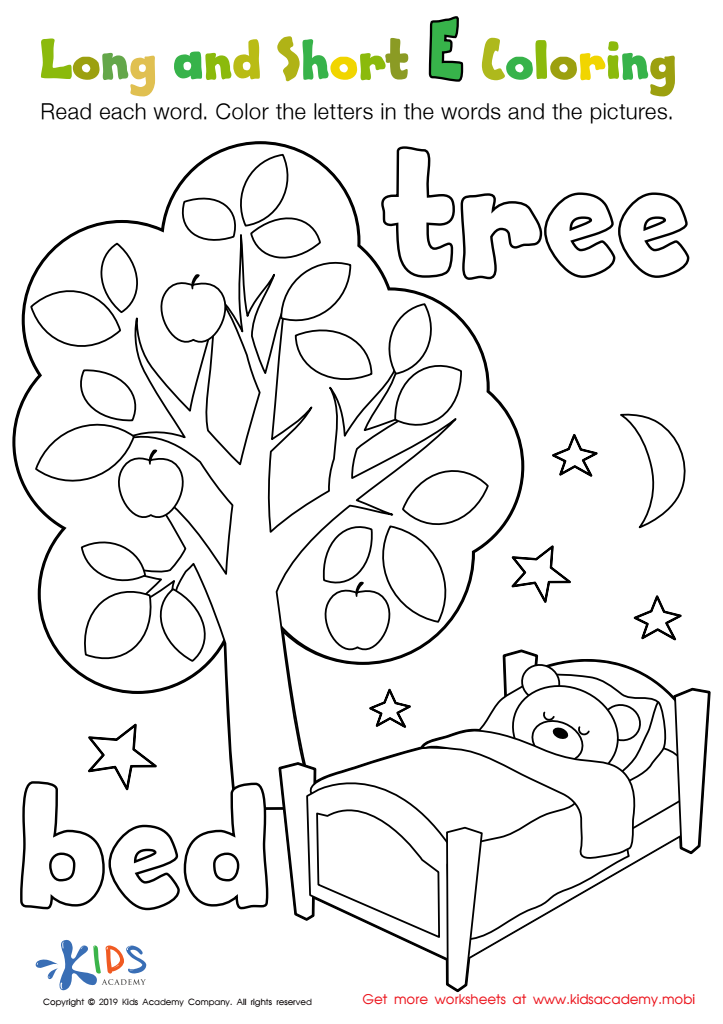

Long and Short E Worksheet
Hand-eye coordination and phonics are foundational skills for children aged 5-9 and significantly impact their learning and development. For young learners, effective hand-eye coordination facilitates success in various tasks such as writing, cutting with scissors, playing sports, and basic self-care activities like tying shoelaces. Improved hand-eye coordination enhances fine motor skills, which are crucial for academic tasks including legible handwriting and efficiently using learning tools such as rulers or manipulatives in math.
Phonics, the system of correlating sounds with letters or groups of letters, is essential for reading fluency and literacy. At ages 5-9, children are typically introduced to formal reading instruction. Strong phonics skills allow them to decode new words, fostering independent reading and comprehension. By mastering phonics, children also improve their spelling and writing abilities, laying a solid foundation for future academic success.
Since both skills stream together to support overall learning, parents and teachers should prioritize activities and curricula that enhance hand-eye coordination and nurture strong phonics abilities. Interactive games, physical play, and activities like tracing or puzzles not only make learning enjoyable but also strengthen these essential skills. Investing attention and effort in these areas during early childhood ensures children are better prepared for the complex tasks and learning challenges they will encounter as they grow.

 Assign to My Students
Assign to My Students






